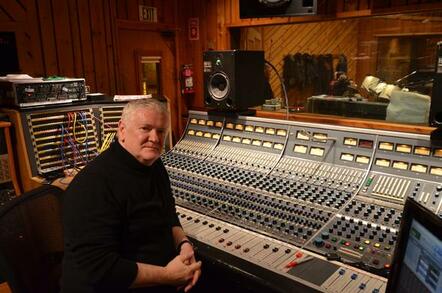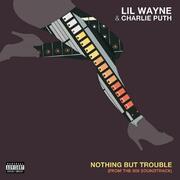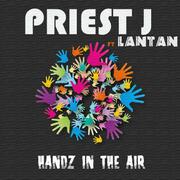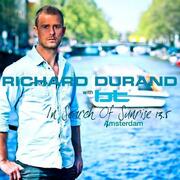New York, NY (Top40 Charts) Ever wonder how your favorite songs are made? Ever wonder what happens between the time it takes your favorite artist to record a song and the time it plays on your radio? The process of making music is a specialized art, and there are a handful of amazing technicians working behind the scenes to help engineer the hits we all love and enjoy.
We recently sat down with Grammy Award-winning record engineer Jim Anderson for a conversation. His vast insight into the world of music production could hardly be contained in one discussion. He covered everything from jazz to the evolution of 5.1 surround mixing to the importance of music business programs at colleges and universities.
Today Jim Anderson has produced 10 Grammy-awarded recordings and 26 Grammy-nominated recordings. In addition to making records, he served as President of the Audio Engineering Society (AES) from 2008-2009. Jim was also the Chair of New York University's Clive Davis
Institute of Recorded
Music from 2004-2008. Check out some of the highlights from our exchange.
When did you first realize that you had a passion for engineering for artists and musicians?
I was born in '51. That's during the 50s when Atlantic Records started. So I grew up listening to Lavern Baker...Ruth Brown...And I still have these records...My first
Ray Charles record was Do the Twist! with Ray Charles…[My family] played those kind of records over and over...I always wanted to be involved in music.
You've worked on a number of great jazz recordings released by Atlantic Records. What are some memorable experiences you have from working on those productions?
The first record that I did for Atlantic was the Cyrus Chestnut album called Revelation...It was done straight to two-track [tape] in the little studio at Clinton Recording Studios...I remember walking into the studio and hearing the band. They'd been on the road, and they were so tight. Coming back into the control room and listening, I said, "This is going to be great." It just sounded exactly the same to me. [The band] was so together…
Your 5.1 surround sound mix of
Patricia Barber's
Modern Cool won the Grammy for Best Surround Album in 2013. Do you think that surround mixing will eventually replace stereo in the marketplace?
I don't know if it will ever replace [stereo]. But certainly everything you hear in film and...television is in 5.1 [surround]... It's one reason why I insist on my students learning something about surround. Because at some point, if they stay in the industry long enough, they'll probably have to mix in...or work with surround…You can get so much more into a mix in surround.
The
Patricia Barber album
Modern Cool was interesting. That was a recording I had made in
Chicago in 1996. I had given myself enough options at the time of recording that I could actually play acoustically with some of the [sounds] that I had [later on]...It's tricky trying to make jazz... convincing in a surround setting...
Atlantic Records isn't usually associated with jazz music. What is one thing that you'd like our readers to know about Atlantic's rich history with jazz artists?
Jazz wouldn't be the same if certain albums didn't come out...John Coltrane's Giant
Steps and his album My Favorite Things... Jazz and the world wouldn't be the same. He changed the vocabulary of how the instruments played...and how songs are composed.
I certainly think the history of Atlantic Records and one of the founders of Atlantic Records…[I think] somebody who had class...I also think of Tom Dowd, Jerry Wexler and all those guys. That's history.
Today many colleges and universities offer recording arts and music industry programs. In what ways will this trend impact the future of the music business?
There is certainly always a place for a conservatory approach. But I think the new approach that we've adopted at [New York University] at the Clive Davis
Institute is serving as a good working model for the future. More and more artists and other people who want to be in the industry have to be entrepreneurial. They have to rely on themselves. They really need to have their own view and their own focus...Certainly you shouldn't want to come into an industry and just repeat. You should want to come in and innovate. And so I believe that that's the kind of thing that you really need a student to understand.
If you're interested in learning more, check out our previous features on this series on mastering engineers Chris Gehringer and Ted Jensen.
























